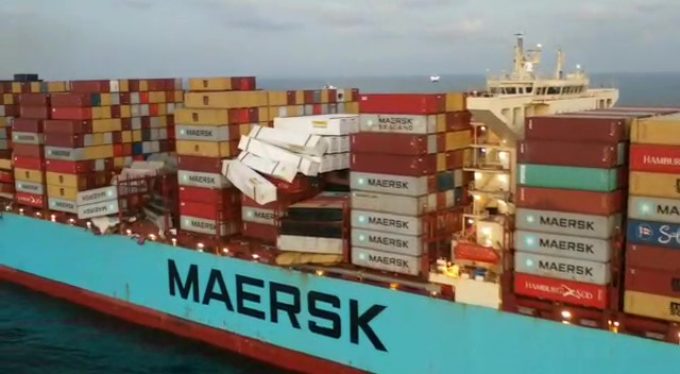Carriers need to cut more capacity for March GRIs to hold
Container freight spot rates on the major trades continued to slide this week, forcing carriers ...

In an unprecedented period of container stack collapses between November 2020 and February the following year, some 5,762 boxes were lost from five major incidents, mainly in the Pacific.
The tragic events that winter featured comparatively new vessels, including ONE Apus and Maersk Essen. And, using the average value per container of $40,000 per box, that could be more than $230m in cargo losses – without calculating the environmental damage caused by these stack collapses.
The average annual container losses from ships amounted to ...
Amazon pushes into LTL for small package fulfilment and UPS does a u-turn
New senior management for DSV as it readies for DB Schenker takeover
Volumes set to 'fall off a cliff' as US firms hit the brakes on sourcing and bookings
Asian exporters scramble for ships and boxes to beat 90-day tariff pause
Temporary tariff relief brings on early transpacific peak season
'Tariff madness' will prompt renegotiation of ocean shipping contracts
Response to tariffs by Chinese importers may see extra costs for US shippers
Forwarders 'allowing the fox into the chicken run' by supporting 'hungry' carriers

Comment on this article